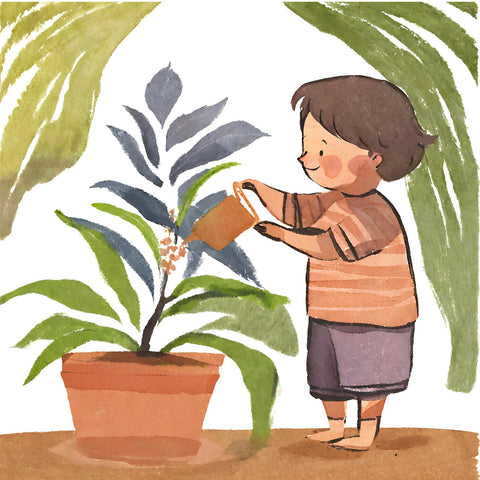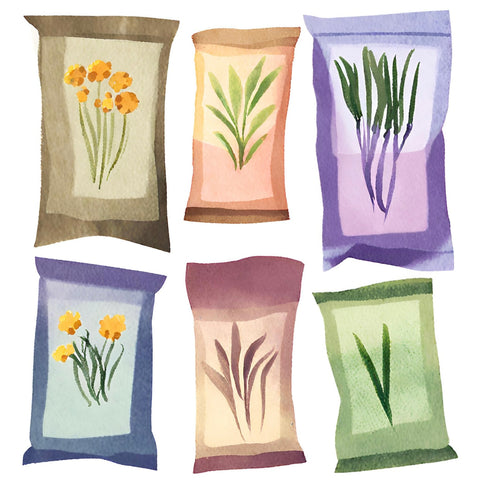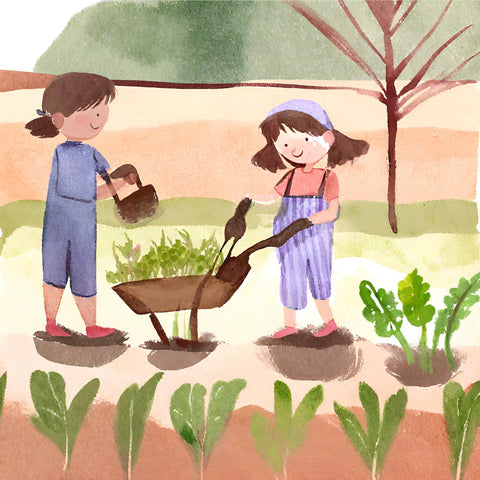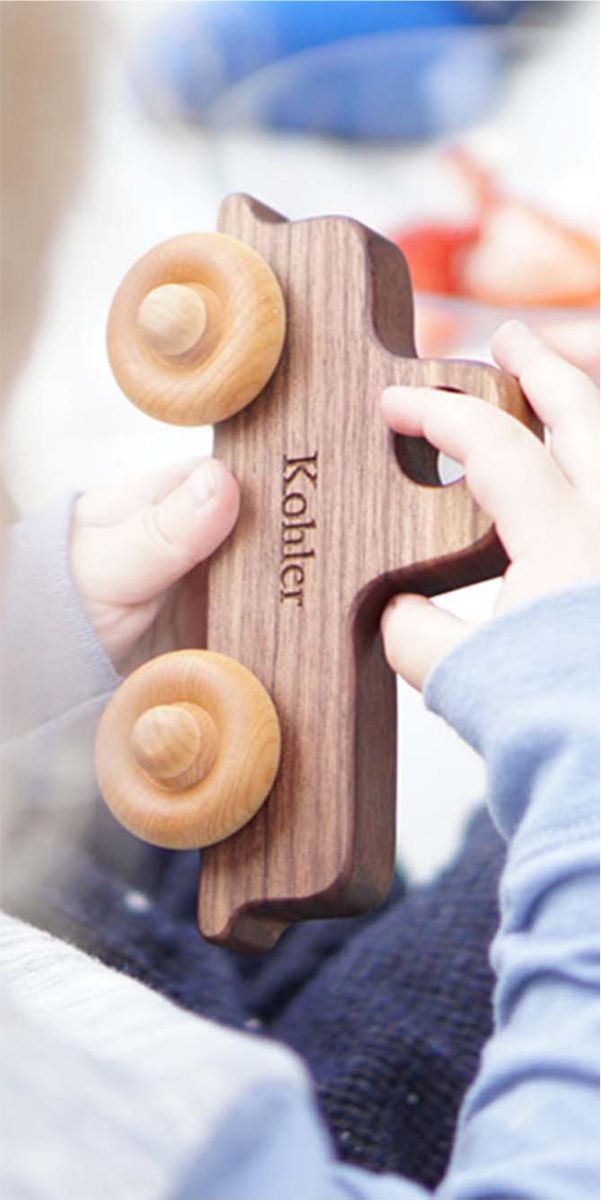City Dwellers: Embracing Urban Gardening
Living in the heart of the city doesn't have to mean sacrificing the joy of gardening. In fact, urban environments offer unique opportunities for creative and space-efficient gardening solutions. Here's how to get your kids involved:
Container Gardening
Utilize small spaces like balconies, rooftops, or even windowsills by planting herbs, vegetables, or fruits in containers. Encourage your kids to pick their favorites and take responsibility for their growth.
Vertical Gardens
Install vertical garden structures using recycled materials or purchase ready-made options. These can be attached to walls or fences, maximizing space while adding a touch of greenery.
Community Gardens
Explore local community gardens where families can rent plots to grow their own produce. This not only provides a hands-on learning experience but also fosters a sense of community and connection with nature.

Small Town Charm: Making the Most of Limited Space
Living in a small town may mean you aren't necessarily in a high-rise, but you also don't have a huge backyard or you're bound to a strict HOA policy. Here are a few solutions that still make that dream garden possible:
Raised Bed Gardens
Construct raised beds in your backyard or utilize unused corners of your property. Involve your kids in designing the layout and choosing which crops to plant.
Vertical Planters
Similar to urban settings, vertical planters can be a space-saving solution for small town gardens. Hang them on fences or walls, allowing your children to care for their plants at their eye level.
Window Boxes and Hanging Baskets
Spruce up windows with colorful window boxes or hang baskets filled with flowers or herbs. These simple additions can brighten up your home while encouraging your kids to nurture their green thumbs.

Country Living: Embracing Wide Open Spaces
For those fortunate enough to call the countryside home, gardening takes on a whole new dimension. With ample space and natural beauty at your disposal, here's how to involve your children in the wonders of rural gardening:
Traditional Garden Beds
Dedicate a portion of your land to traditional garden beds, allowing your kids to experience the full cycle of planting, tending, and harvesting. Encourage them to explore different planting techniques and companion planting strategies.
Orchards and Fruit Trees
Plant fruit trees or establish a small orchard where children can watch fruit grow from blossom to harvest. This long-term investment teaches both patience and the rewards of perseverance.
Nature Walks and Foraging
Take advantage of the surrounding landscape by going on nature walks with your children. Teach them to identify wild edible plants and incorporate them into your meals.

Okay, so now that we've established that no matter where you live, a garden of some sort is possible, the question is "how do I get my kids excited about this new project"? Up and to this point, preparing the space and figuring out the logistics, isn't the most exciting part, true, but planting, nurturing, and growing is.
Get the Kids Involved
Here are 10 tips to get kids involved and excited about planting a garden and growing their own food.
-
Let Them Choose
Allow your kids to have a say in what to plant. Whether it's their favorite vegetables, fruits, or flowers, giving them ownership over the process increases their excitement and investment.
-
Start with Fast-Growing Plants
Begin with plants that have quick turnaround times, such as radishes, lettuce, or cherry tomatoes. This allows kids to see results sooner, keeping them engaged and motivated.
-
Create a Special Space
Designate a specific area of the garden just for them. Whether it's a small plot or a few containers, having their own space to tend to fosters a sense of ownership and pride.
-
Make it Hands-On
Encourage hands-on participation by involving them in every step of the process, from preparing the soil to planting seeds and watering. Let them get dirty and experience the magic of growth firsthand with their own set of gardening tools and supplies - we love this set from Amazon!

-
Educational Opportunities
Use gardening as a learning opportunity to teach kids about plant life cycles, soil health, and the importance of pollinators. Incorporate fun facts and experiments to make learning enjoyable.
-
Get Creative with Labels
Personalize plant markers - like these waterproof, eco-friendly ones, by allowing kids to decorate them with drawings or write the names of their plants. This not only adds a fun touch to the garden but also helps them learn to identify different plants.

-
Set Achievable Goals
Break the gardening process into smaller tasks and set achievable goals for your children. Whether it's checking on their plants each day or harvesting their first crop, celebrate their accomplishments – big and small – along the way.
-
Explore Garden Themes
Introduce themes to make gardening more exciting. For example, create a pizza garden with tomatoes, basil, and peppers, or a rainbow garden with colorful vegetables like carrots, beets, and bell peppers.
-
Include Fun Activities
Incorporate fun activities like scavenger hunts, bug hunts, or garden-themed crafts to keep kids entertained while teaching them about the ecosystem of the garden.
-
Celebrate Harvest Time
Make harvesting a special event by inviting friends or family over for a garden-to-table meal. Let your kids take pride in serving food they've grown themselves, reinforcing the value of their efforts.

Let your kiddos' curiosity and wonder grow this spring!
Whether it's with a large garden, or small pots along a window sill, show them the benefits and rewards of growing their own food.















